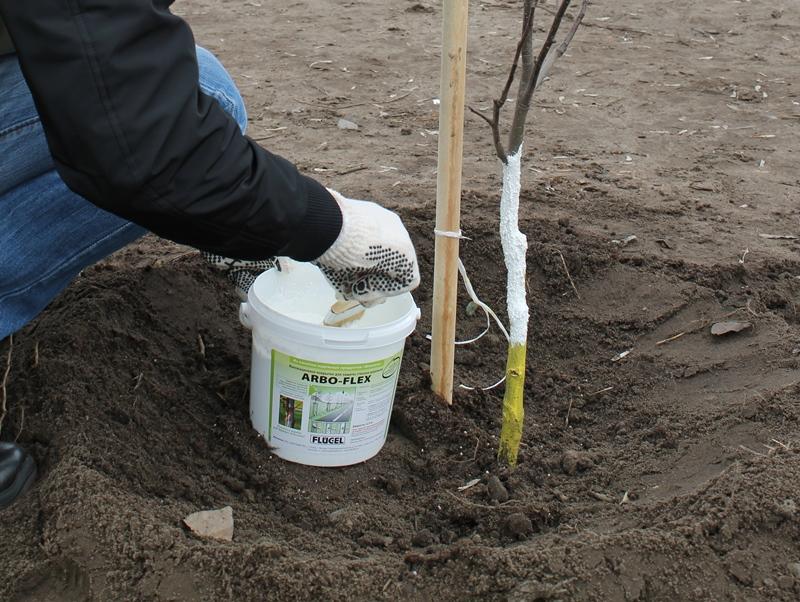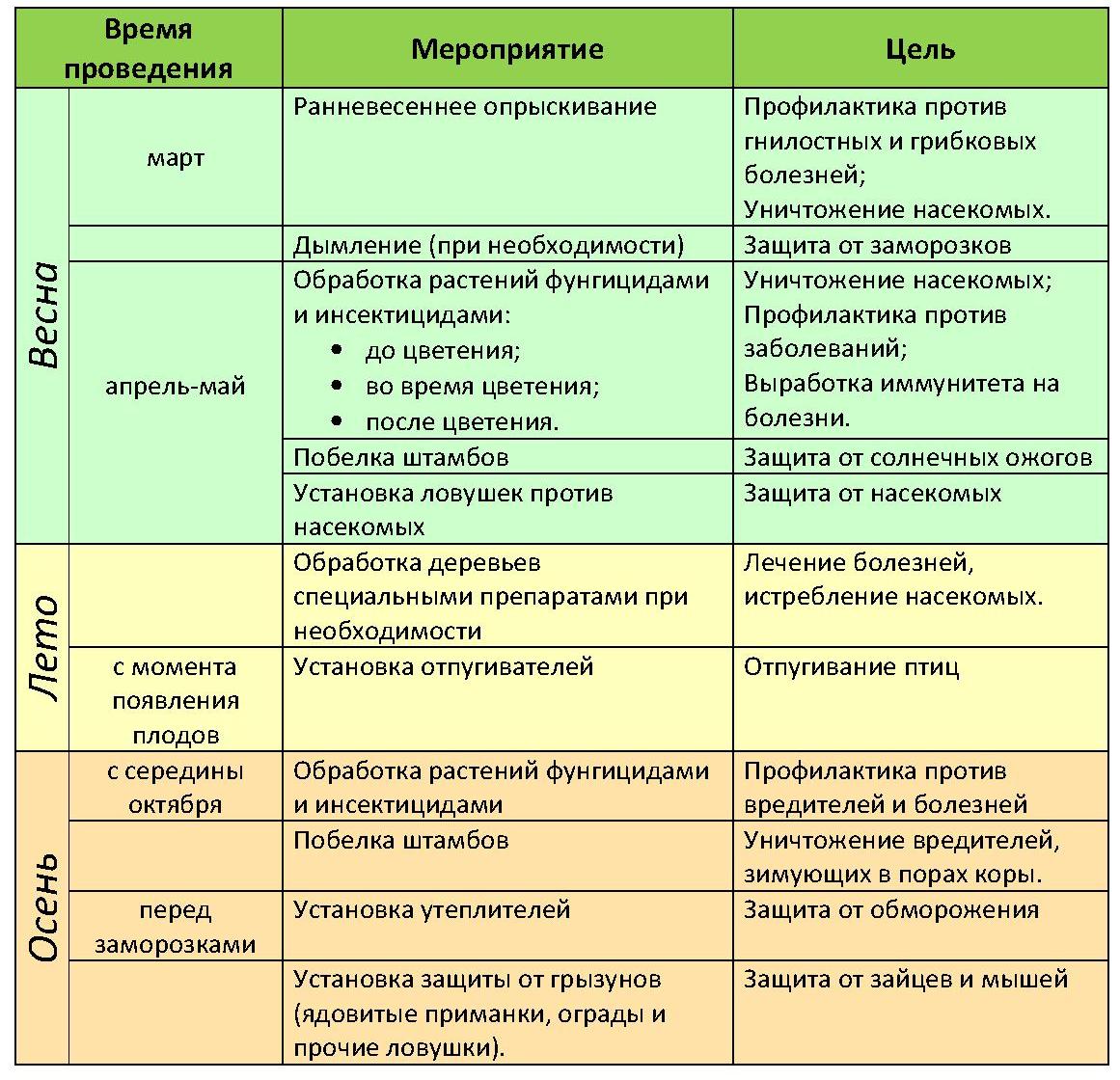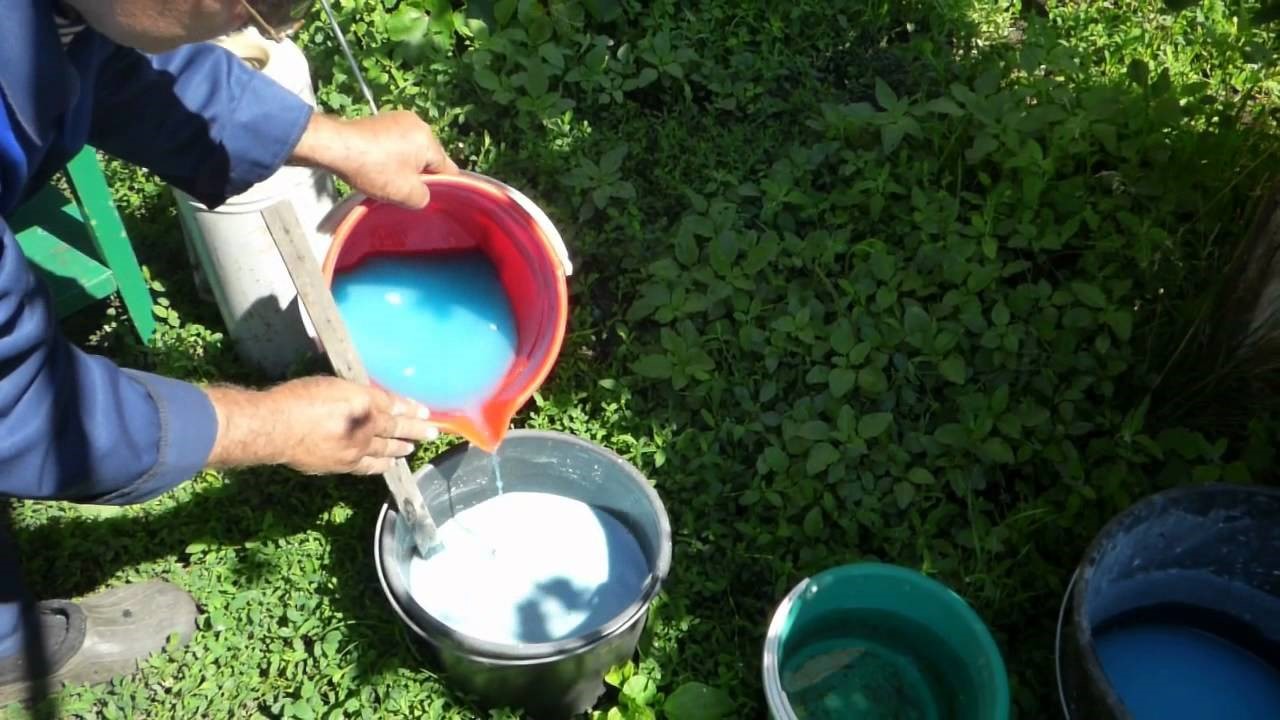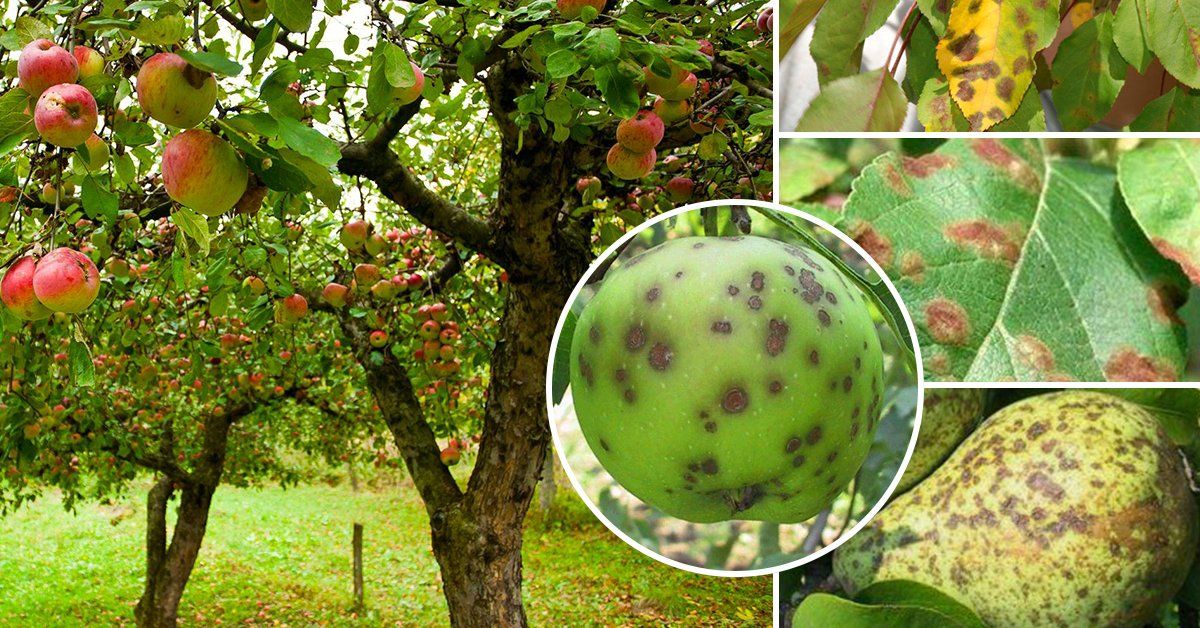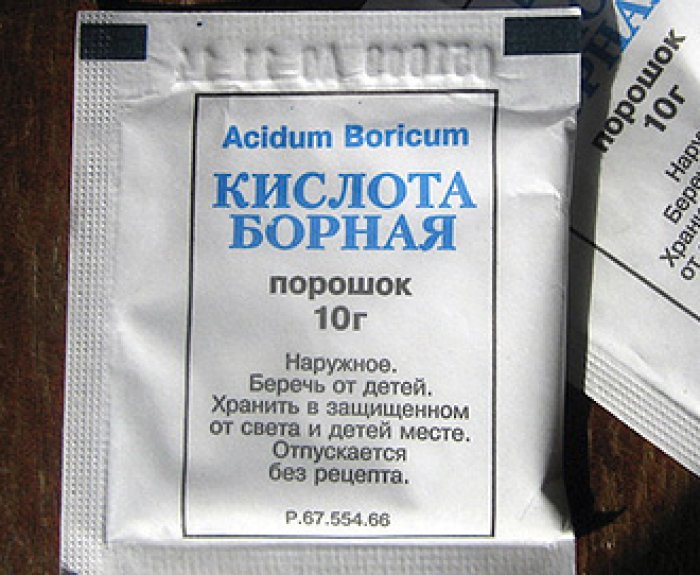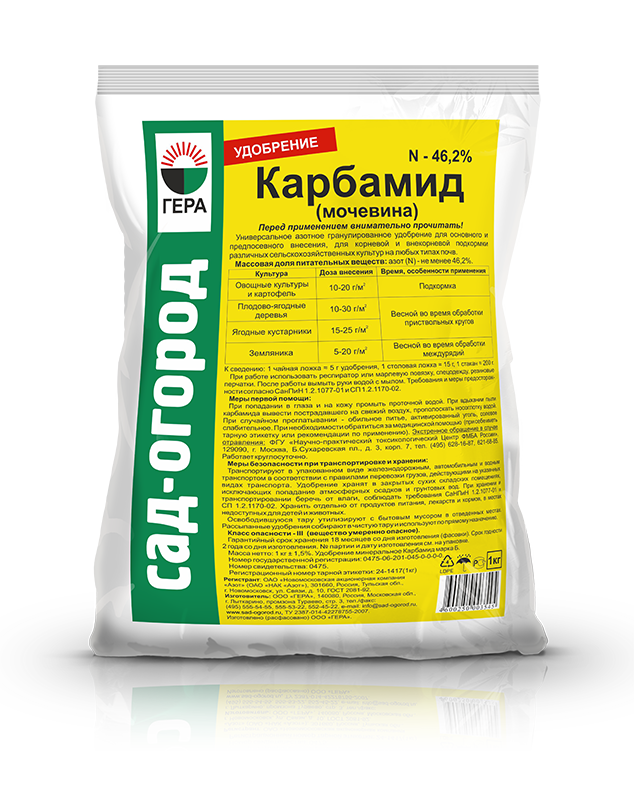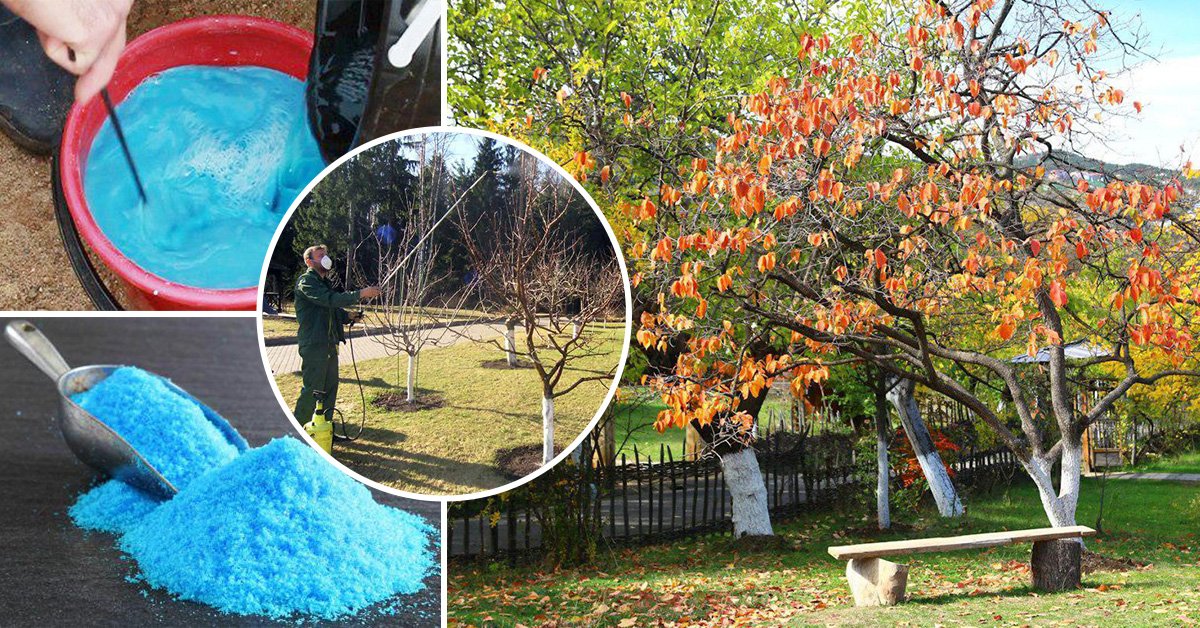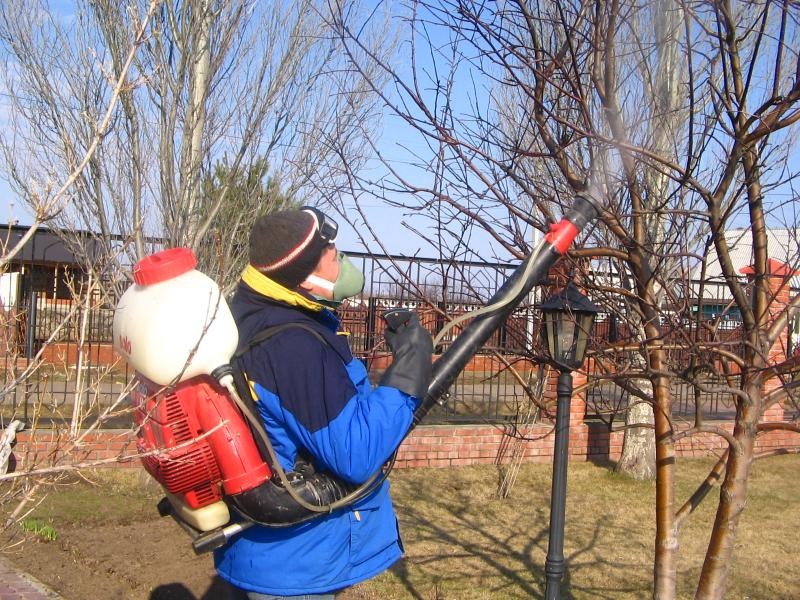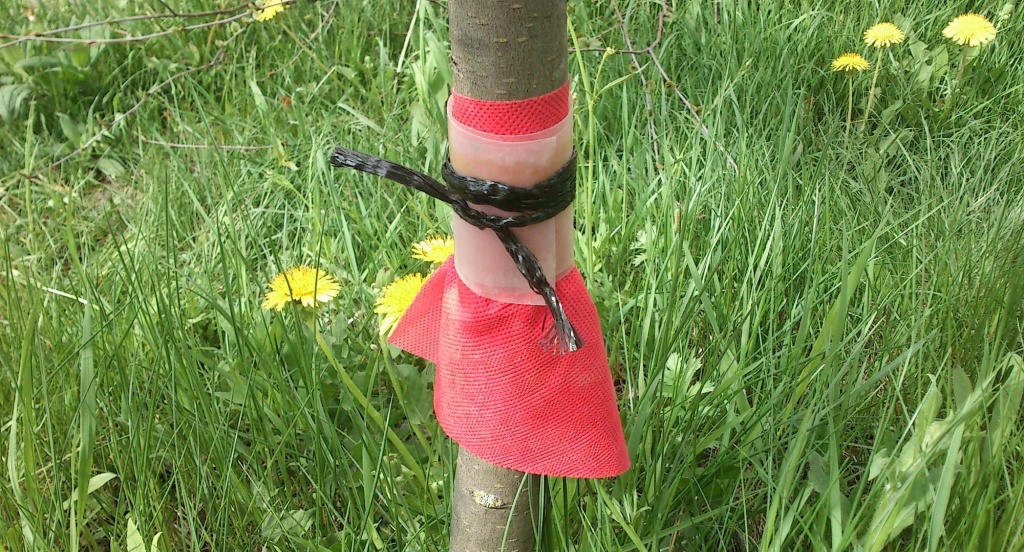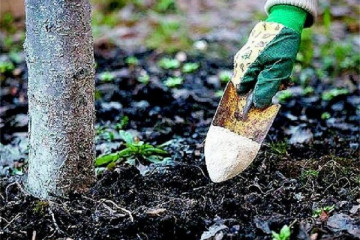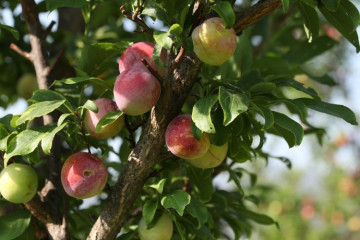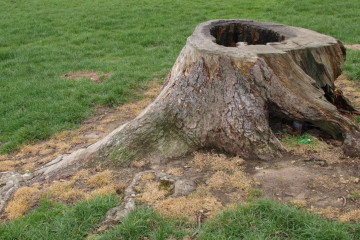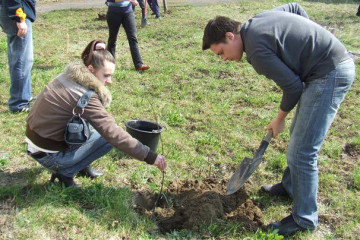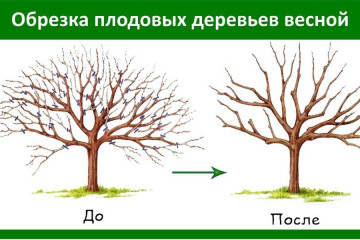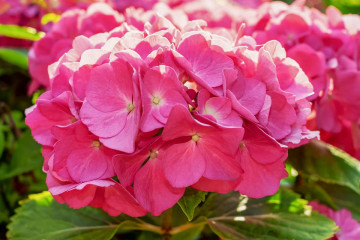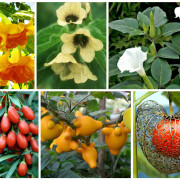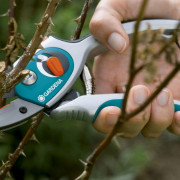Spraying fruit trees in spring before and after flowering
Content:
Competent care of the garden and timely spraying of fruit trees in the spring from pests and diseases will help summer residents get a generous harvest of berries and fruits.
Spring gardening
With the arrival of the spring season and the awakening of nature, the activity of tree pests is activated: they eat tender buds and young leaves.
Caterpillars and bugs suck out plant juices, causing irreversible harm. The household plot will not have enough harvest, the death of fruit trees is possible.
Process spring garden by performing the following procedures:
- whitewashing of boles;
- digging up the near-stem circles - habitats of harmful insects;
- spraying shrubs and trees.
Early processing is appreciated due to the lack of ovaries and fruits, where toxins can accumulate.
In the presence of a rich assortment of biological and chemical preparations to effectively act on pathogenic microorganisms. But most gardeners prefer to do with folk methods.
It is helpful for novice gardeners to navigate when sprinkling trees in the spring to divide spring planting care into multiple periods. Allocate the approximate timing of spraying fruit trees in the spring season:
- Until mid-March. Gardeners worry about eliminating the parasites that have overwintered in the bark, curled leaves and debris before the buds awaken. Late processing of the tree is fraught with consequences for the harvest.
- April - 1st and 2nd decades. At this time, buds are actively forming. It does not hurt to sprinkle trees with growth stimulants to accelerate development and prevent the ovaries from falling off. In April, plants can contract a fungal infection. Using proven tools will solve the problem.
- Until May 15th. Dissolution of buds, trees and bushes fading, the appearance of ovaries. Difficult time for fruit and berry crops, because high vulnerability to disease. Summer residents will certainly observe the state of foliage and branches.
The appearance of spots or a change in color will require the establishment of the reasons and urgent protection of the plantings.
Bacterial burn of fruit trees, control measures
If young branches dry out on the plants, a white-milky exudate appears, which turns brown in the air, the fruits are mummified, we are talking about a disease. With a bacterial burn of fruit trees, control measures and success are determined by the stage at which phyto-disease is detected, and therapy. The drugs used (from simple to radical) depend on the degree of damage:
- The detection of the first symptoms is accompanied by the removal of branches and their burning. The cutting site is treated with copper sulfate at the rate of 100 g of the product per 10 liters of water or 0.7% iron sulfate, spending 70 g per 10-liter bucket of liquid.
- Efficiency is shown by Azophos (5% solution), antibiotics: 50 μg / ml each - Rifampicin, Streptomycin, Gentamicin, Chloramphenicol; 20 μg / ml - nalidixic acid, Kanamycin. Dilute an ampoule / 1-2 tablets in 5 liters of liquid.The dosage is sufficient for 8-10 young seedlings. The optimal time to process trees is May-June.
- If the disease manifests itself during the budding period, the garden is treated three times with Tetracycline and Streptomycin (1000 units per 10 liters of liquid) with a break of 4-5 days.
- The tree is carefully treated with Bordeaux liquid (1%). Excess vitriol is the cause of foliage burns. The frequency of spraying is 7-8 times with copper-containing agents (0.5-0.7%). Abiga-Peak is also used. 5 treatments are carried out with a concentrated solution: 0.3-0.4% - for an apple tree, for a pear - 0.4-0.6%. Spraying the tree is effective at the beginning and during flowering and at the end.
- With a large defeat, individuals uproot it and burn it. A similar procedure awaits plantings within a 5-meter radius, despite their healthy appearance. They burn in place to get rid of the infection and not spread around the country. The instruments used must be disinfected with formalin or carbolic acid.
A bacterial burn is easier to prevent than to cure. Preventive measures are taken:
- fight potential sources of infection: wild hawthorn and fruit trees, uprooting them near the garden plot;
- systematically spray the garden with insecticides to destroy pests and reduce the risk of introducing microbes from the outside;
- regularly examine the top of the tree, leaves, branches and buds - diagnosing the disease at an early stage will help to defeat it.
How to deal with scab
The following symptoms signalize scab on fruit trees:
- light green traces on young leaves, which become smaller by autumn and darken without treatment;
- unripe fruits on the tree;
- leaf fall at the end of August;
- swelling of tree bark, cracking and peeling;
- cessation of growth by diseased shoots and dying off.
The disease affects almost the entire aerial part of the tree.
Phyto-diseases are resisted by chemical spraying, which are appropriate at the beginning to the middle of the spring season, before the swelling of the buds, if there is a stable above-zero temperature. The second time is sprayed at the stage of budding. Then it is processed when the tree has faded or harvested. The condition of the tree determines the procedures.
The following remedies successfully fight scab:
- Bordeaux mixture. The tree is sprayed during bud opening and in the "green cone" phase. If necessary, re-process after flowering. Perform 1-3 manipulations in a season. The solution is successfully used against moniliosis and spotting on pome plants.
- Baktofit. During the growing season, 3-4 tree treatments are performed.
- Abiga Peak. 4 sprays are carried out with a fungicide solution (0.4%) per summer season.
- Agate-25k. The biological product is harmless to humans, beneficial insects and animals.
Traditional methods are effective at the initial stage of the disease. Spraying with mustard powder will come in handy. The solution is prepared in 10 liters of lukewarm water, where mustard diluted in a small amount is mixed.
Experienced gardeners recommend using potassium permanganate in the fight against scab. Often, after processing, small dark spots remain on the leaves, which will not harm the tree and will disappear unnoticed.
For spraying, use a salt solution and herbal infusion of horsetail.
Flowering and spraying trees
Before budding, trees are treated for moth, scab, spotting. Experts advise using 70 g of Karbofos, which is added to 10 liters of lukewarm water. Can trees be sprayed during flowering? When blooming flowers, spraying the garden is prohibited. Planting maintenance is reduced to weed control and loosening.
An exception is boric acid, which is used to treat bushes and fruit trees at the rate of 15 g of the drug per 10 liters of water.
How to spray trees after flowering
Gardeners are interested in how to spray trees after flowering. After the petals have fallen off and the ovary has formed, the plantations are sprayed to acquire resistance to phyto-diseases.
Do not forget about the destruction of ticks that have wintered. The activity of the pest appears at the end of flowering. The parasite is fought with a mixture including:
- colloidal sulfur (70%) - 80 g;
- tar soap - 100 g;
- water - 10 liters.
Spraying is carried out in dry weather. If necessary, re-process. The main thing is timeliness. Potassium salt and urea are useful for treating trees after flowering.
Urea in the processing of the site in spring
Urea is a universal fertilizer that feeds the soil with nitrogen and will help out in the fight against pests in the garden and vegetable garden. Spraying trees and shrubs with urea in spring is a reliable and safe prophylaxis.
Spray the crown when the air temperature is +5 ° C. Before the buds open, the dormant insects are inactive and can be processed.
Fruit trees are sprayed with a solution prepared from 600 g of carbamide per 10 liters of hot liquid. Consumption of the preparation - for 10 m² of the garden you will need 2.5 liters of dissolved carbamide.
Spraying of fruit trees that were ill or were attacked by parasites in the past year is distinguished by productivity.Urea protects against:
- scab;
- monilial burn;
- didimelle.
A solution of carbamide inhibits the development of bacteria, which lose the ability to multiply. Early spraying is appreciated before infection spreads.
To protect trees from disease, you will need to dilute 0.5 kg of granules in 10 liters of liquid. The suspension is suitable for spraying opal foliage before winter to protect trees and their root system from frost.
Copper sulfate and spraying trees
Copper sulfate is used when treating a garden plot at any stage of the growing season of fruit trees. Only at the flowering stage, tree processing is prohibited.
There are the following concentrations of copper sulfate:
- Burning out. The proportion of copper sulfate in the solution is 3-5%. To prepare a disinfecting liquid, 300-500 g of potassium sulfate powder are diluted in 10 liters of water. The solution is used to disinfect the soil on unprotected beds or in the greenhouse, to eliminate mold on wooden structures. The burning solution is not used for treating crops.
- The therapeutic and prophylactic composition contains copper sulfate (0.5-1%). The mixture is prepared from 10 liters of water, into which 50-100 g of the copper preparation are mixed. The solution resists fungal infections: anthracnose, spots, coccomycosis, scab, septoria, curl, rot. Copper sulfate is used to treat wounds on the trunks and branches of a tree.
- The feeding and prophylactic mixture includes copper sulfate in the amount of 0.2-0.3%. To make a suspension, you need 20-30 g of powder in a 10-liter bucket of water. The use of the composition is appropriate if symptoms of copper starvation of trees appear: foliage chlorosis, twisting of the tips, strong tillering. The drug is used for prophylactic purposes for spraying the garden during the summer season.
How to resist garden pests
Spider mite
Spider mites on trees live on the underside of a leaf, sucking out sap. On the upper part of the leaflet, necrosis forms in punctured places - specks of dying cells of yellow, whitish or brown color.The pest colony resembles a plaque on the seamy side of the leaf.
To control pests, they use a chemical method. When treating with acaricides, you cannot do without a sprayer and respirator, protective clothing and gloves to minimize the risk of intoxication. Use herbicides approved by Rosselkhoznadzor:
- Sunmight and Apollo;
- Flumite and Nisoran;
- Oberon and Floromite.
Among gardeners, recipes for herbal decoctions, infusions for spraying infected trees from spider mites are popular:
- Dandelion. Prepared from 0.5 kg of chopped greens, which is added to 10 liters of water and infused for 4 hours.
- Calendula. Mix 400 g of raw materials with 4 liters of liquid, incubate for 5 days.
- Datura. For the broth, you will need 1 kg of dried grass (you can replace it with 3 kg of fresh one), which is poured into 10 liters of boiling water. Withstand 24 hours.
- Celandine. A pinch of dry grass is poured with boiling water, insisted a little.
- Garlic, onions. It will take 200 g of husk per bucket of liquid, which is allowed to brew for a day.
- Yarrow. 500 g of dry raw materials are brewed with 10 liters of water.
To defeat the bark beetle
If bark beetles are bred on pears or apple trees, this is signaled by:
- oval or rounded holes on the bark - flight passages;
- heaps of brown or white wood flour near the passages;
Insecticides are used against bark beetles, which penetrate deep into plant tissues after flowering:
- Confidor Extra;
- Arrivo;
- Bitoxibacillin;
- Pirinex.
With deep penetration of the bark beetle deep into the trunk, extrusion is used. The method involves injecting a chemical into the flight holes with a syringe:
- Tanrek;
- Confidor Maxi;
- Calypso.
Injection of the solution is accompanied by covering the holes with garden pitch.
To prevent the invasion of bark beetles on the garden plot, preventive measures are taken:
- timeliness of cleansing and correct formation of the crown of fruit trees;
- removal of trimmed branches;
- carrying out preventive spraying with insecticides after flowering pears and apple trees;
- uprooting and burning of affected trees;
- regulation of the mode of watering and feeding of fruit trees;
- whitewashing of skeletal branches and tree trunks;
- keeping the circumferential circles clean.
DIY tree trapping belt
DIY tree trapping belt refers to effective means against pests, which first descend to the soil for pupation, and then climb the tree up in search of food:
- whiteflies and apple blossom beetles;
- weevils and ticks;
- aphids and caterpillars;
- bukarka and geese.
There are varieties of hunting belts:
- dry;
- poisonous;
- sticky.
Dry trapping belts
The sample is easy to make in several ways. The simplest device is considered to be a funnel tape. The design is similar to a funnel with a retraction effect. Pests that crawl into the hole will not crawl out of there. Homemade products are made simply:
- Take a paper or cardboard sheet, the thickness of which is 15-20 cm, wrap it around the tree trunk at a height of 0.5 m. It turns out a skirt or a cone-shaped funnel with a hole turned upside down. The entrance mouth for insects is wide, the end is narrow.
- The top of the skirt is tied with twine or covered with clay / plasticine.
Poison trap
Attachment of a poisonous trapping belt for trees falls on the foot of the trunk. Chemicals cannot penetrate the roots and reach the crown. The belt provides 100% effectiveness: pests that climb inside are killed by toxic fumes. Ideal for apple trees - prevents caterpillars from reaching fruit. Manufacturing technology:
- take a piece of paper, padding polyester, burlap, spunbond 20-25 cm wide;
- impregnate the material with an insecticide and attach it to the tree trunk at a height of 0.5 m from the ground to obtain a skirt;
- to prevent the erosion of the poison, the top of the belt is additionally wrapped with a film.
Sticky Trapping Belt
The belt is used together with other traps, but sometimes it is installed separately. He copes well with ants, bugs, caterpillars. For the Velcro trap you will need:
- kraft paper, covering the tree trunk in a circle (width - 20-25 cm);
- non-drying glue, tar / resin, which is applied to the side of the belt;
- securing the trap with the sticky side up and covering up possible passages below and above the sticky trapping belt.
Spraying the garden in early spring will help summer residents get a rich harvest of berries and fruits. It is important not to miss the processing time and use suitable herbicides, biological products or folk remedies.

